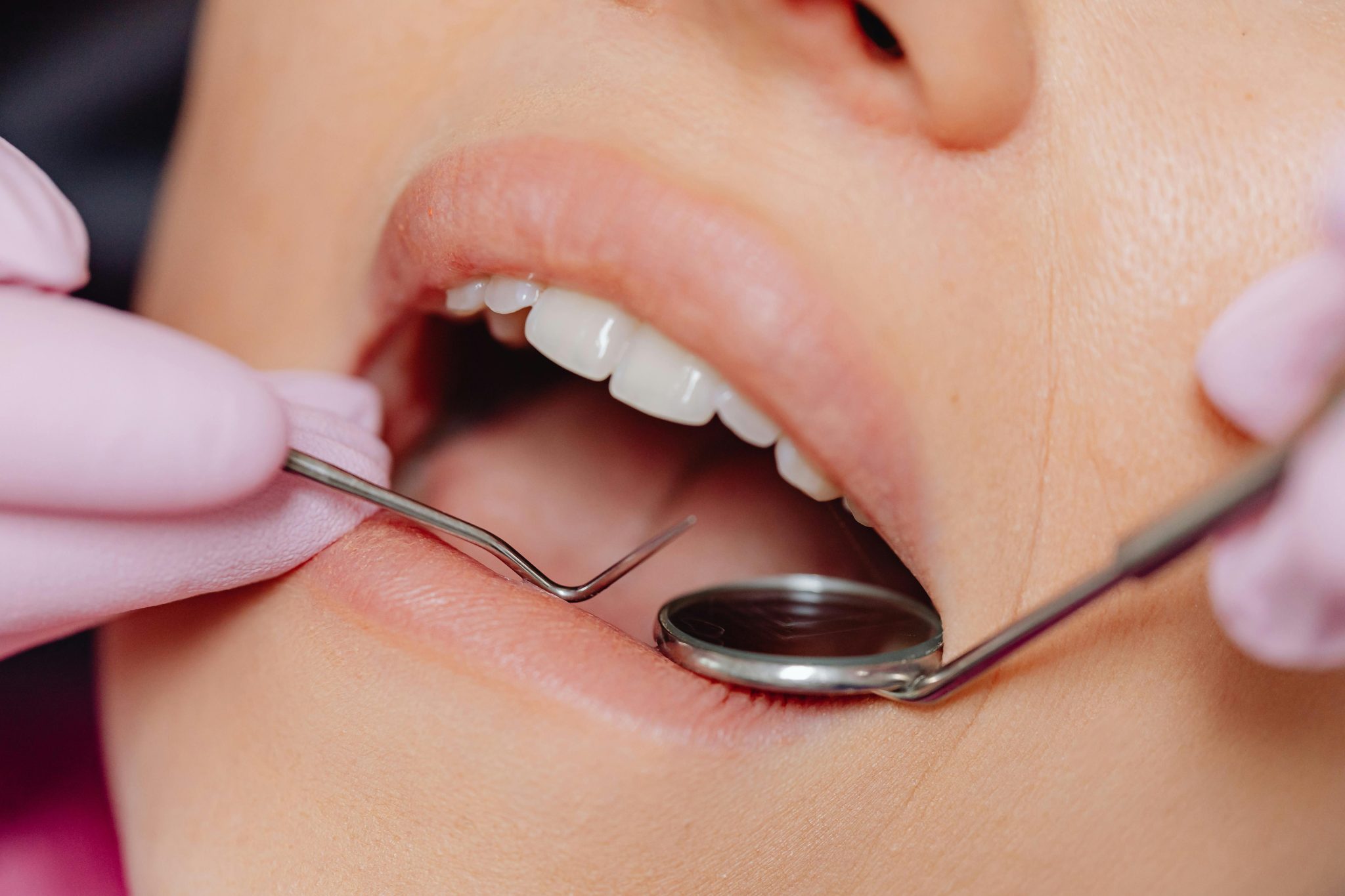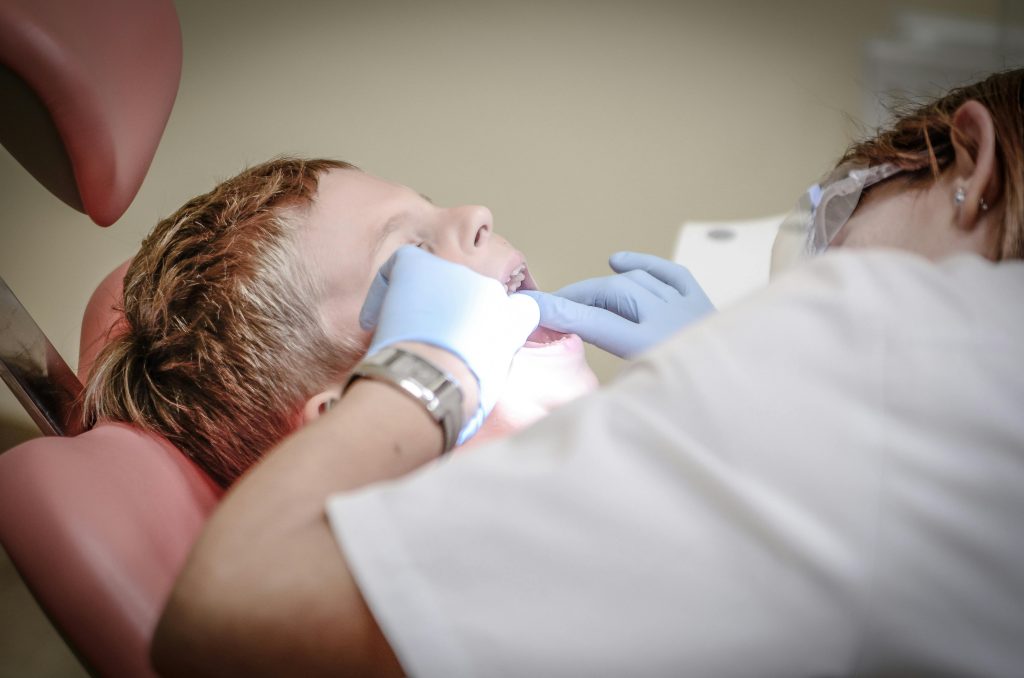That throbbing pain in the back of your jaw might have you thinking about wisdom teeth removal. You’ve likely heard stories from friends or family about their own experiences. It seems like almost everyone has a story about the day their wisdom teeth came out, but is this procedure something you need to worry about? You’ll learn all about the infamous third molars, from why we have them to the signs that it’s time for wisdom teeth removal.
So What Exactly Are Wisdom Teeth?
Wisdom teeth are your third and final set of molars, which is why dentists often refer to them as third molars. They typically show up in your late teens or early twenties, usually between the ages of 17 and 24. This period is often associated with gaining wisdom, which is how these teeth earned their popular name.
Interestingly, not everyone gets them, which can be a relief for your long-term oral health. Some people develop all four, one in each back corner of the mouth. Others might only get one or two, and some lucky people never develop any at all.
These teeth are the last ones to make an appearance in the mouth. They break through the gums long after all your other adult teeth have settled into their permanent spots. This late arrival is often the source of many dental problems that require a wisdom tooth extraction.
A Quick Look Back: Why Do We Have Them?
If wisdom teeth cause so many issues, why do they even exist? The answer takes us back to our earliest ancestors. Their diet was filled with tough, raw foods like roots, nuts, and uncooked meat, which required significant chewing force.
Our ancestors needed a lot of chewing power to break down that kind of food, and having an extra set of large molars provided it. According to researchers at Yale University, their jaws were also much larger to accommodate these powerful grinding teeth. This meant there was plenty of room for all 32 teeth to fit comfortably.
However, human lifestyles and diets changed over thousands of years. We discovered fire, invented tools, and started cooking our food. This made everything much softer and easier to chew, so those extra molars became less necessary.
Our jaws also evolved, becoming smaller because we weren’t using them as intensely as our ancestors did. The modern human jaw usually doesn’t have enough space for these latecomers to fit. This is why many people need to remove wisdom teeth to prevent complications.
Why Is Wisdom Teeth Removal Often Necessary?

For some people, wisdom teeth emerge without a single problem. They erupt straight, fit perfectly, and don’t bother the other teeth. If this describes your situation, you probably won’t need to have a teeth extraction.
Unfortunately, for many people this is not the case. These third molars are well known for causing trouble. They can grow in at odd angles, get trapped in the jawbone, or crowd other teeth, which is why specialists recommend wisdom teeth removal before they cause pain or other dental issues.
Impacted Teeth: A Common Problem
One of the most frequent reasons to remove wisdom teeth is impaction. An impacted wisdom tooth happens when it doesn’t have enough room to fully emerge from the gum line. The tooth gets stuck, or “impacted,” against a nearby tooth or within the jawbone.
An impacted wisdom tooth can cause sharp tooth pain, especially when you chew. It can also lead to more serious conditions, like infections or a fluid-filled sac, known as a cyst. These cysts can damage the roots of nearby teeth and the surrounding bone, which a specialist in oral pathology would diagnose.
There are several types of impaction, based on the angle of the tooth.
| Type of Impaction | Description |
|---|---|
| Mesial | The most common type, where the tooth angles forward, towards the front of the mouth, pushing against the second molar. |
| Vertical | The tooth is in the correct upright position but remains trapped below the gum line. |
| Distal | The tooth is angled backward, toward the rear of the mouth. This type is rare. |
| Horizontal | The tooth is lying completely on its side, parallel to the jawbone, and grows into the roots of the molar next to it. |
Understanding the type of impacted wisdom you have helps your oral surgeon plan the best approach for the wisdom tooth removal. This prevents long-term complications and protects your overall oral health.
The Danger of Partial Eruption
Sometimes a wisdom tooth breaks through the gum partway but cannot emerge completely. This creates a small flap of gum tissue over the partially erupted tooth. This flap can easily trap food particles and bacteria.
Because these teeth are so far back in your mouth, they are very difficult to clean properly. Bacteria can build up under that gum flap, leading to a painful infection called pericoronitis. An infection from an impacted wisdom tooth can cause swelling, a bad taste, and can contribute to gum disease.
Crowding and Shifting Other Teeth
If your jaw is already full, a wisdom tooth trying to push its way in can cause a lot of pressure. This pressure can push your other teeth out of alignment. You might notice your front teeth starting to look crooked over time.
This crowding can undo years of expensive orthodontic work and damage nearby teeth. The constant pressure can harm the molars right next to your wisdom teeth. Removing the wisdom teeth can prevent this slow but steady damage from happening to a nearby tooth.
Addressing this issue is also important if you are considering future dental work. For instance, you would want a stable arch before getting a dental implant. Proactively removing problematic wisdom teeth is a key part of managing health for your entire mouth.
Signs That It’s Time to See a Dentist
How do you know if your wisdom teeth are causing problems? Your body will usually send some clear signals. Paying attention to these signs can help you get care before the wisdom tooth pain becomes too severe.
One of the first things you might notice is pain in the back of your mouth. It could be a dull ache or a sharp pain, especially when biting down. If you look in the mirror, you might see that your gums around your back molar are red and swollen, a sign of a pain infection.
Do you get frequent headaches or a stuffy feeling? The developing roots of your upper wisdom teeth can push against your sinuses, which are located just above them. This can cause sinus pain and pressure that feel a lot like a cold.
Jaw pain is another big red flag. The roots can be very deep, affecting the jawbone itself. You might feel stiffness, soreness, or notice that your lymph nodes under your jaw are swollen and tender. If any of these symptoms sound familiar, it is a good idea to request appointment with your dentist.
What the Removal Procedure is Really Like

The idea of a tooth removal sounds unpleasant, but dentists and surgeons performing oral surgery work hard to make you comfortable. It all starts with a consultation where a professional in maxillofacial surgery will take X-rays. These images show the exact position of your wisdom teeth.
The X-rays show if the teeth are impacted and how their roots are positioned near nerves. This helps the surgeon plan the best way to remove them safely. This consultation is also when you can discuss your medical history, any current health topics of concern, and what to expect during and after the surgical procedure.
Your dental office is required to protect your information according to strict privacy practices. When you register as a new clinic patient, you’ll likely use a patient portal. On these forms, you may see a field marked with a label label or need to check a checkbox label to consent to their privacy policy before the wisdom teeth extraction.
You have options for anesthesia to keep you from feeling pain during the removal procedures. For a simple extraction, local anesthesia might be all you need. This numbs the area, but you will be awake during the wisdom tooth extraction.
For more complex cases, or if you are very anxious, you might be offered sedation. As a Mayo Clinic patient article explains, sedation lets you remain conscious but very relaxed. Some people choose general anesthesia, which means you will be asleep for the whole thing.
During the procedure, the surgeon makes an incision in the gum to access the tooth. Sometimes the tooth needs to be broken into smaller pieces to be removed more easily. After the tooth is out, the extraction socket is cleaned and stitched up if needed.
Tips for a Smooth Recovery
Recovery is a big part of the process, and what you do at home matters a lot. Your main job is to rest and let your body heal. The first 24 hours are the most important for a successful wisdom teeth extraction recovery.
Your surgeon will give you gauze to bite down on to control bleeding from the extraction socket. You will want to change it out as directed. Using an ice pack on your cheek for 15 minutes at a time can really help with swelling and discomfort.
Here are some more health tips for a smooth recovery:
- Take any prescribed pain medication as directed to manage discomfort.
- Stick to a soft food diet like yogurt, smoothies, and soup for the first few days.
- Avoid hot, crunchy, or spicy foods that could irritate the surgical site.
- Do not use a straw for at least a week to prevent dislodging the blood clot.
- Gently rinse your mouth with warm salt water starting the day after surgery to keep it clean.
- Avoid brushing the surgical site directly until your surgeon gives you the okay.
Following these instructions carefully is vital for proper healing. Some offices provide helpful email communications with an email preview of post-op care. These messages usually contain an unsubscribe link if you no longer wish to receive them.
Are There Any Risks?
Every medical procedure comes with some level of risk. Wisdom tooth removal is a very safe and routine surgery. However, it is good to know about possible complications so you can watch for them.
Dry socket is the most common issue. It happens if the blood clot in the socket gets dislodged too early, exposing the bone and nerves. This causes significant pain, so if you suspect you have a dry socket, call your surgeon right away.
There’s also a small risk of nerve injury. The nerves that give feeling to your lower lip, chin, and tongue are close to the roots of lower wisdom teeth. While rare, an injury could cause temporary or permanent numbness. Your surgeon will discuss how they mitigate this risk, which is especially important in cases of severe facial trauma or complex impactions.
Infection is another possibility, though your surgeon will take steps to prevent it. Sometimes, even with perfect care, issues can arise, creating long-term complications. Advances in medical education and ongoing clinical trials continue to improve safety and outcomes for all types of oral surgery, from removing impacted canines to complex dental implants.
Final Thoughts
Wisdom teeth are truly a leftover from a different time in human history. While some people never have trouble with them, they can cause pain, infection, and other dental problems for many others. Understanding the signs of trouble and what to expect from wisdom teeth extraction can make the entire process much smoother.
From the initial consultation to the recovery at home, being informed helps you take an active role in your oral health. This guide provides health topics and tips, but a professional diagnosis is necessary. If you are experiencing any of the symptoms discussed, talking to a dental professional is the best first step for your wisdom teeth removal journey.





















